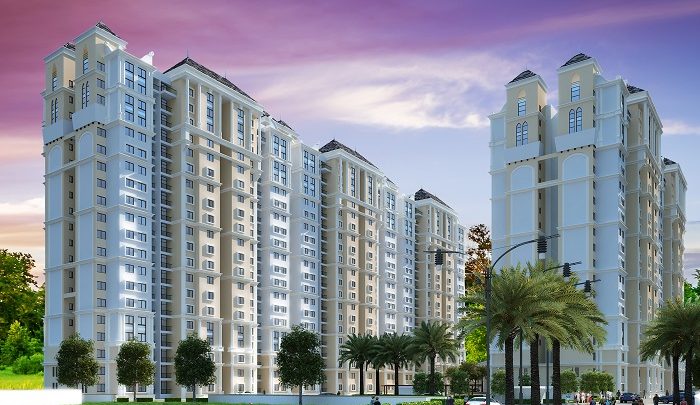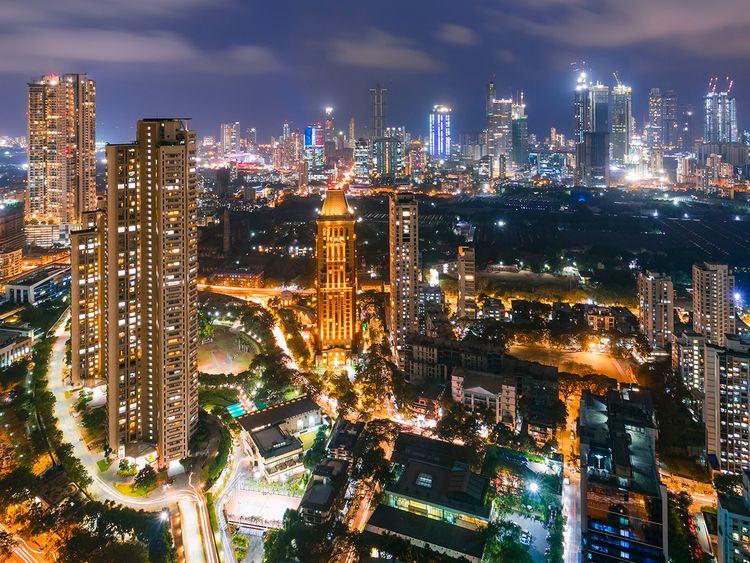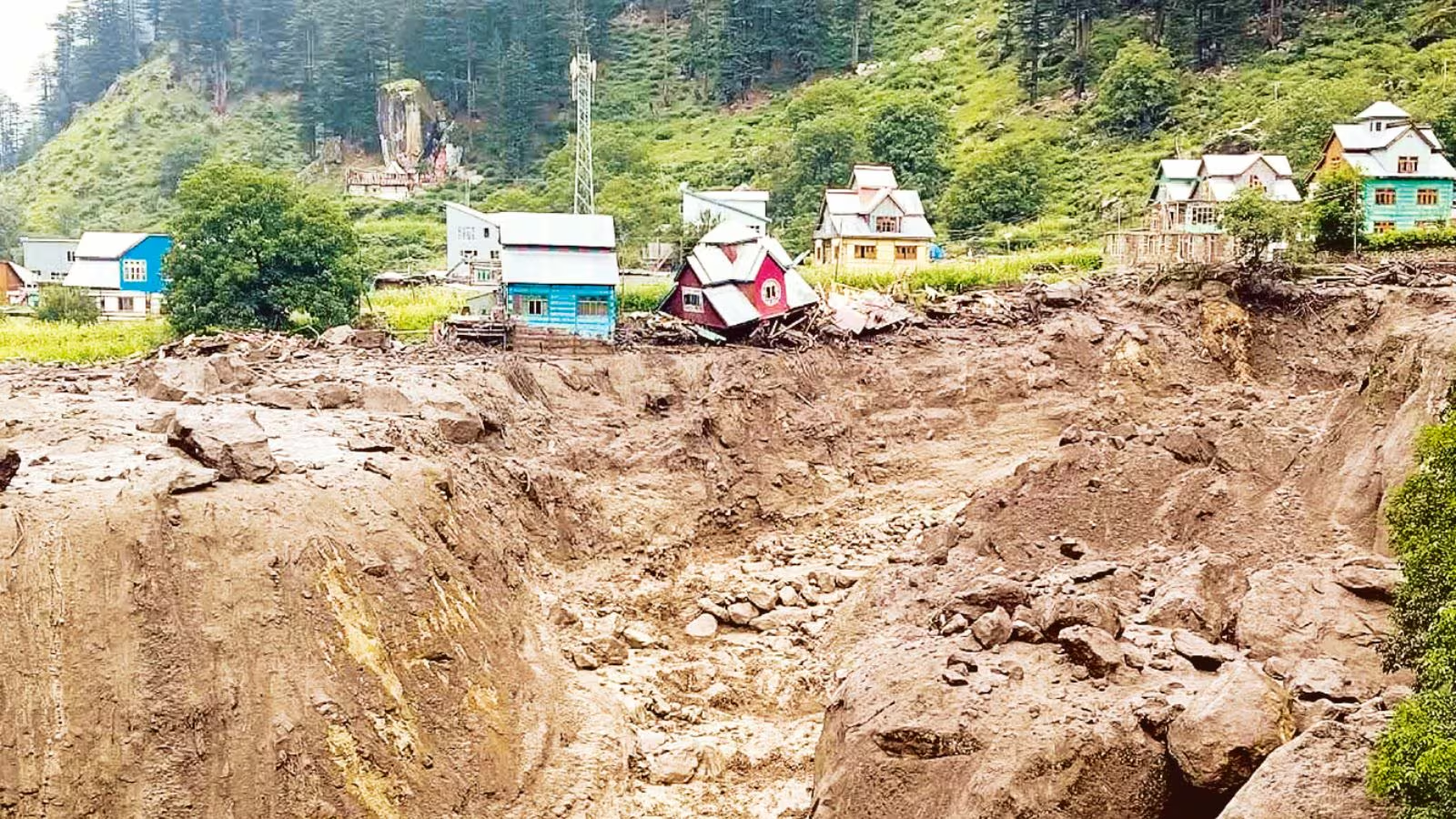Real Estate in India: Trends, Opportunities, and Challenges

India’s real estate sector is one of the most active and fastest-evolving industries in the country, really adding value to the country’s GDP. Due to urbanisation, rising income, and government policies such as Housing for All and the Smart Cities Mission, the sector is growing like never before. This article addresses the evolving trends, investment potentials, challenges, and strategic future of real estate in India.
Current Trends in Indian Real Estate
1. Rise of Affordable Housing
Due to the government’s initiative, PMAY, the surge of affordable housing dwarves almost all expectations in the market. Housing and real estate in india developers focus aggressively on low-cost housing in the secondary and tertiary regions to capture the mid-level earners.
2. Growth of Commercial Real Estate
With the boom of new startups, IT parks, and co-working spaces, the growth of commercial real estate is on the rise. Bengaluru, Hyderabad, and Pune are leading hubs for new office spaces because of the availability of infrastructure and trained manpower.
3. Technology
Proptech (Property Technology) is impacting the industry through virtual tours, AI-based price models, and blockchain-based transactions, and it has made property searches more efficient through online platforms such as Magicbricks, 99acres, and Housing.com.
4. Sustainable/Green Buildings
The trend in the real estate sector has been to promote sustainable building practices with energy-efficient design, solar panels, and rainwater harvesting. Green buildings are marketed based on the cost savings long-term and environmentally sustainable attributes.
5. Co-Living and Rental Housing
Christopher Alex, Vice President, with the introduction of a new millennial generation and working professionals, co-living and rental housing is on the rise. Companies such as ZoloStays and Stanza Living press this opportunity to move into a fully furnished and community-based living.
Read more – https://bhanukakkar.store/the-slums-of-mumbai-a-glimpse-into-life-in-the-shadows-of-prosperity/
Investment Opportunities in Indian Real Estate

1. Residential Real Estate
Metro and major cities/regions: Mumbai, Delhi-NCR, and Bengaluru will attract high-end buyers.
Emerging cities or regions: Cities like Ahmedabad, Jaipur, and Lucknow are emerging cities that provide high growth due to lower property prices and improving infrastructure.
2. Commercial and Retail
Office Space: Commercial office space demand is for the IT/ITeS sectors in cities such as Hyderabad and Chennai.
Retail and malls: Due to high consumer capacity and growing spend, retail space seems to be lucrative; Tier 2 cities are also seeing a growing need for retail.
3. Industrial and Warehousing
1. The growth of e-commerce giants like Amazon and Flipkart has significantly increased the need for logistics and warehousing spaces in the vicinity of major cities. 2. This has further led to a rise in the prices of industrial and warehousing properties in these areas.
4. REITs (Real Estate Investment Trusts)
REITs are a kind of collective investment in the real estate sphere that enable small investors to indirectly own commercial properties without the necessity of direct ownership. Professionally managed REITs pool funds from numerous investors and use those funds to buy a diversified portfolio of income-generating properties. Multifold benefits of REITs besides the obvious one of investment diversification include low cost, liquidity, and greater market accessibility. India’s first REIT, Embassy Office Parks REIT, has shown promising returns.
Challenges in the Indian Real Estate Sector

1. Regulatory Hurdles: Approvals that are delayed, laws that are complicated for acquiring land, and frequent changes in the policies make it difficult for the developers.
2. Liquidity Crunch: Funding for home loan projects has lessened because of the NBFC crisis and the tightening of lending rules. This has led to stopped developments.
3. High Property Prices in Metro Cities: Rapidly increasing prices in cities like Mumbai and Delhi are pushing homeownership beyond the reach of many.
4. Unsold Inventory: The demand still comes from affordable housing segments, but the supply of luxury properties continues to surpass it in many cities.
Government Initiatives Boosting Real Estate
RERA (Real Estate Regulation Act): Brings in redressal and gives transparency to the market besides protecting buyers from project delays.
GST Reduction: Lower GST rates (1% for affordable housing, 5% for under-construction properties) have resurrected the demand.
Infrastructure Development: Initiatives such as the Mumbai Coastal Road, the Delhi-Mumbai Motorway, and the metro expansion not only improve connectivity but also lead to higher property values.
Future Outlook

In the coming years, the Indian real estate industry is predicted to hit a $1 trillion mark by 2030, fuelled by urbanisation, digital transformation, and government support.
Conclusion
Indian real estate is an extremely lucrative market for investors, homebuyers, and developers. Though the industry is grappling with some issues like difficulties in obtaining regulatory clearances, scarce funding, the ongoing government reforms, and the technological breakthroughs, these are gradually making it more organised and transparent. For investment or end-use, Indian real estate is still a bright spot on the growth map.














Post Comment